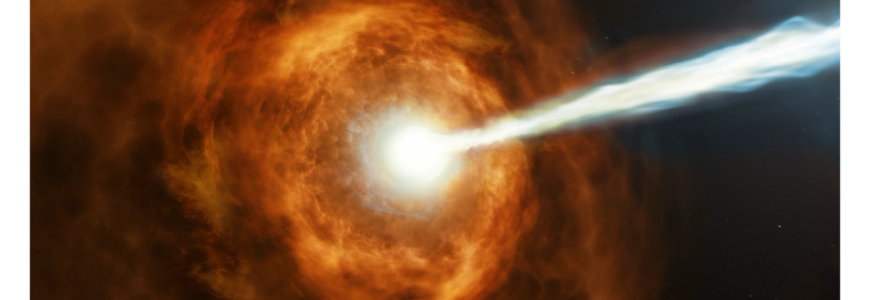Gamma Ray Bursts
Contemporary Science Issues and Innovations
January 26, 2016, Belmont Media Center, Belmont MA
Raul Jimenez, Ph.D., Professor of Theoretical Physics and Astrophysics, ICREA/University of Barcelona; Radcliffe Fellow, Radcliffe Institute for Advanced Study, Harvard University; Visiting Professor at the Harvard Institute for Theory and Computation, and the Institute for Applied Computational Science; and Royal Society Visiting Professor at the Imperial Center for Inference and Cosmology, Imperial College, London.
In this discussion Dr. Jimenez describes one of the most fascinating enigmas in science: gamma ray bursts (GRBs), the most powerful explosions in the universe. Dr. Jimenez has been involved in the modeling of these powerful bursts. He explains how he and his colleagues analyze the relationship between GRBs and life: areas of the universe where planets might be relatively safe --or not-- from the destructive force of GRB radiation. Earth, we learn, has been relatively fortunate, but at least one of the ancient mass extinctions on our planet may have been due to the radiation from a GRB.
Dr. Jimenez has made a number of major contributions in astrophysics: the first evidence of dark energy from the ages of high redshift galaxies and globular clusters, the origin of dark galaxies, the first evidence how galaxies are assembled as a function of cosmic time, the first determination of the expansion history of the Universe, the role of cosmic explosion in the survival of exo-life, the role of symmetries in the early universe and a theoretical lower bound to the value of the cosmological constant.
Bolts from the Blue: The history of life in the universe may have been governed by the frequency of giant stellar explosions 2014 article in eThe Economist about the GRB research of Dr. Jimenez and his colleague Tsvi Piran

